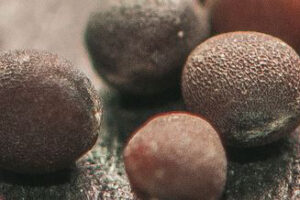Identifying Brassica Species by Seed…and the ‘Turnabaga’ Extinction
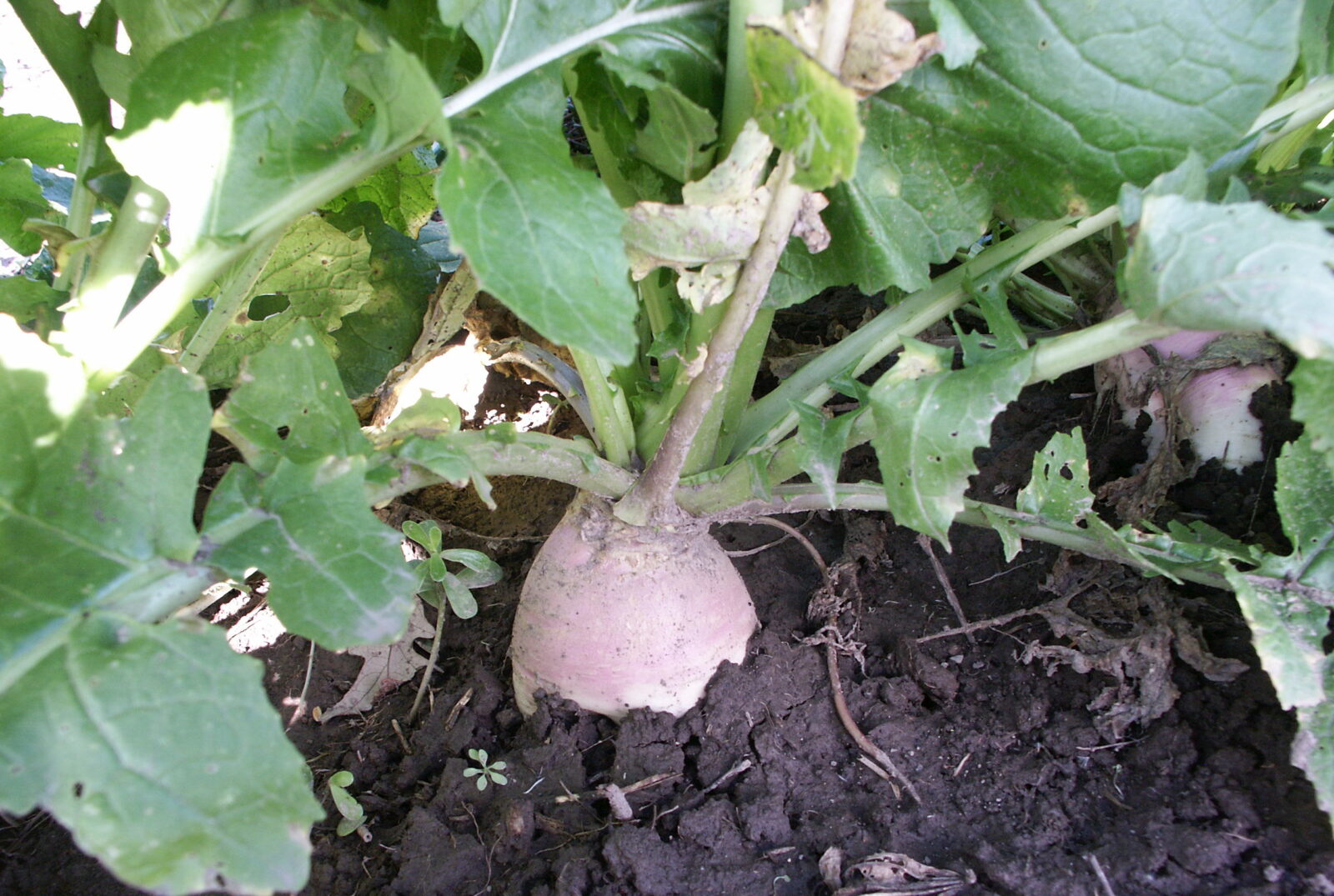
Identifying Brassica Species by Seed…and the ‘Turnabaga’ Extinction
Until 2017, the Seed Savers Exchange collection included the “turnabaga.” What is a turnabaga, you might rightfully ask? Well, it was a very unique vegetable that we can now proudly say is extinct.
At Seed Savers we sometimes jokingly referred to our collection of 75 turnips and 95 rutabagas as “turnabagas.” Confusion reigns over these crop types, owing to the fact that in the United Kingdom, a common name for rutabaga is “Swedish turnip.”
Botanically, however, rutabagas and turnips are typically different species, Brassica napus and Brassica rapa, respectively, and will not cross-pollinate.
This confusion has made seed production of our turnip and rutabaga varieties difficult. Correctly identifying these biennials was only possible in their second year, by looking at their flowers and seed pods. As a result, we had to isolate all of them from each other, just in case.
No more.
In October 2010, the USDA’s Seed Regulatory and Testing Branch published the article “Visual Identification of Seeds of Five Species of Brassica and One Species of Sinapis” in its Items of Interest in Seed.
This article detailed how to distinguish five commonly cultivated species of Brassica by their seeds, including Brassica rapa, Brassica napus, Brassica oleracea, Brassica juncea, and Brassica nigra. These species comprise the crop types rutabaga, turnip, kale, mustard, and Chinese cabbage, among others.
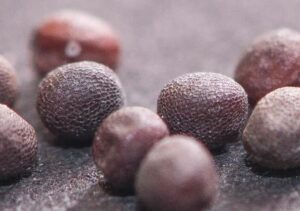
This breakthrough allowed us to confirm the species of many Brassica varieties in our collection before growing them out in the field for seed production.
Under the Microscope
To the naked eye, all Brassica seeds look similar. They are small, usually red to brown, and relatively round. However, under magnification, and with patience and careful observation, differences become fairly obvious.
The surface of Brassica seed coats is overlaid with a geometric pattern of interspaces, defined by raised ridges called reticulum, and dotted with small pits, or stipples. These characteristics are quite distinct among species when seeds are magnified 30 to 40 times.
Other defining characteristics—such as seed size, color, shape, and light reflectivity—are also clear under magnification. By taking all these seed characteristics into account, it is usually fairly easy to identify the seeds of the Brassica genus to the species level.
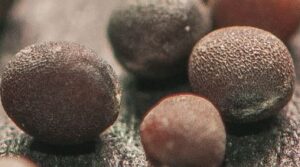
After observing the seeds of all 75 turnip accessions and 95 rutabaga accessions in our collection under the microscope, we had our (not surprising) results. As we had expected, 14 rutabagas had been living under false pretenses as turnips, while no turnips had been misclassified as rutabagas.
The name “turnabaga” was swiftly retired from Seed Savers lingo.
Beyond the Turnabagas
The USDA’s article proved useful beyond our rutabaga and turnip collection. Kale is a crop in the Brassica genus that includes two different species: B. napus, known as Siberian/Russian kale, and B. oleracea, or European kale. We now know our kale collection consists of about 55 B. oleracea accessions, 34 B. napus accessions, and 3 unknowns.
Our Chinese cabbage crop type, which has historically been a classification applied to any Asian green, also included several different Brassica species. Of 239 total accessions, about 221 were identified as B. rapa, two as B. napus, and zero as B. juncea or B. oleracea. Sixteen others are unknown/unidentifiable.
Our mustard crop type proved to be equally diverse. Of 125 total accessions, about 96 were identified as B. juncea, one as B. rapa, and four as B. nigra. Others are unknown/unidentified.
Finally, our “miscellaneous Brassica” collection included accessions where the crop type doesn’t fit into the typical brassica crops or are unknown. This, too, proved challenging, but out of 54 total accessions, seven were found to be B. oleracea, one B. napus, two classified as “other”, and 44 unknowns/unidentified.
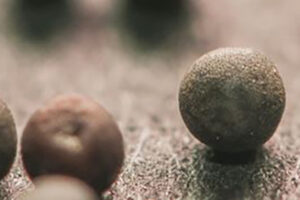
The identification of species in our Brassica collection will be very useful for its management and accessibility. Knowing the taxonomy of our varieties will make it easier to search for potential duplicates, determine their culinary use, and understand their life cycle.
Perhaps most importantly, knowing the taxonomy enables us to better plan seed regeneration plantings in our isolation gardens. And we can pass this information onto you, our members and fellow seed savers, through the Exchange, so that you can do the same in your gardens.
Originally published March 24, 2017. Updated January 31, 2025.
